Category: Science Methods
-

The Ultimate Lab Report Guide
Teaching students to write a formal lab report can feel… ambitious. Many of them are used to worksheets, short answers, and quick reflections, not multi-page scientific writing. But helping students learn to communicate like scientists is one of the most important skills we can give them. A well-written lab report shows not just what they…
-
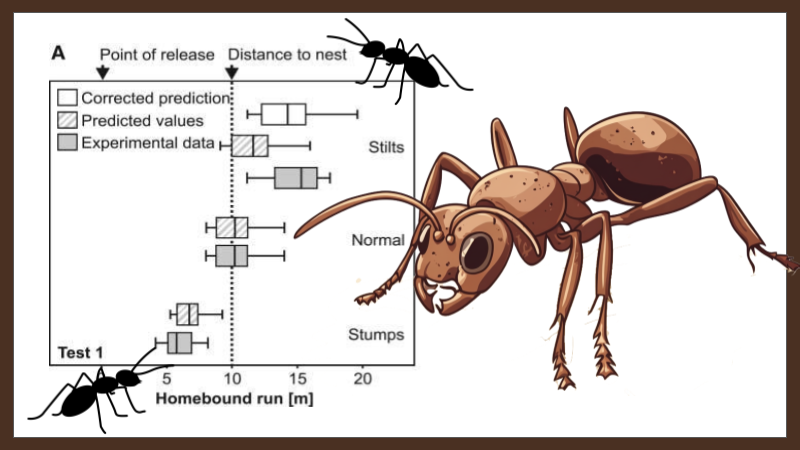
The Ant Odometer – Data Analysis
Have you ever thought about how ants navigate the world? Some ants use pheromones or other chemicals to follow trails. Other ants have a novel way of finding their way home; they count steps!How do these little biological Fitbits do this? How did scientists confirm that the ants counted steps? In this research study, scientists…
-
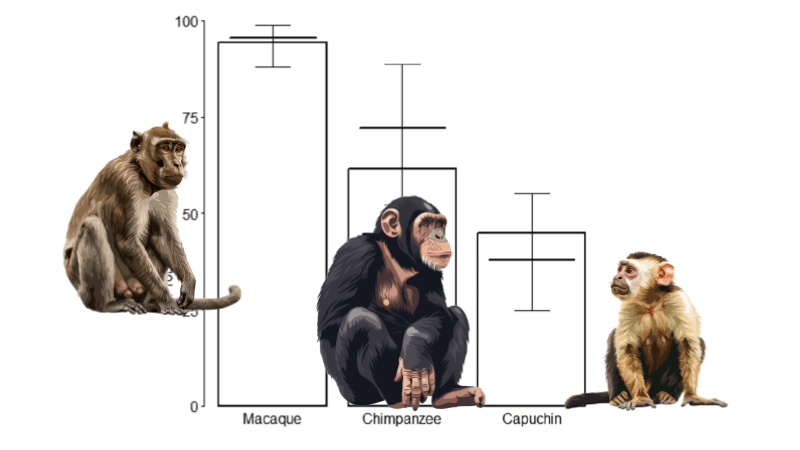
Data Analysis – Tool Use in Primates (CER)
Chimpanzees, capuchins, and long-tailed macaques use tools to crack the shells of nuts. They place the nut on a hard surface, like a flat rock, and strike it with a stone to crack the shell. These three primate species use different techniques. Chimpanzees and macaques crack the nuts while sitting, but the capuchin stands on…
-
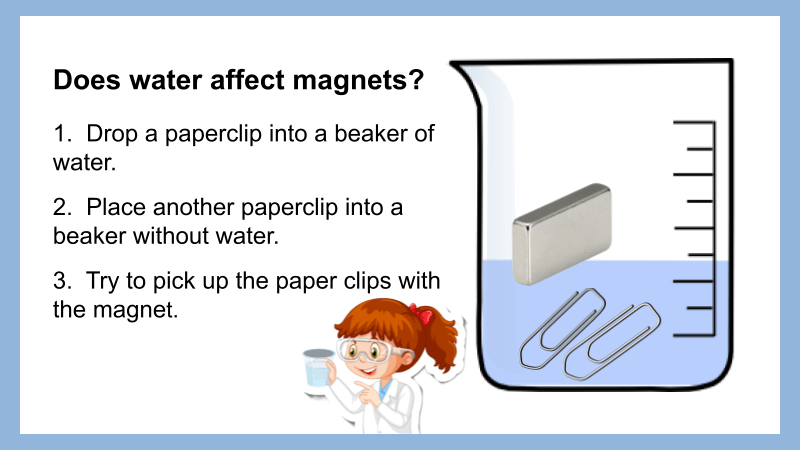
Identifying Variables – Lab Station Activity
Students explore the scientific method by completing lab station activities where they identify the dependent and independent variables.
-
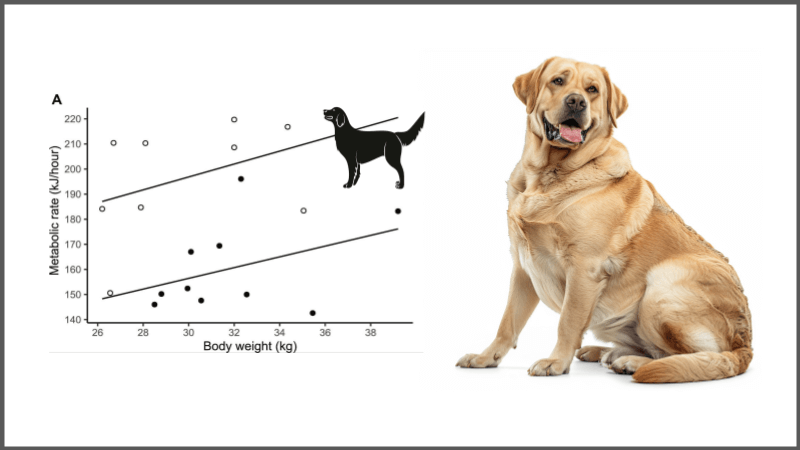
Dog Obesity and Analyzing Scientific Texts
Introduce students to scientific texts by examining research on dog obesity and a possible genetic cause. Dogs with mutations have increased food motivation and body fat.
-
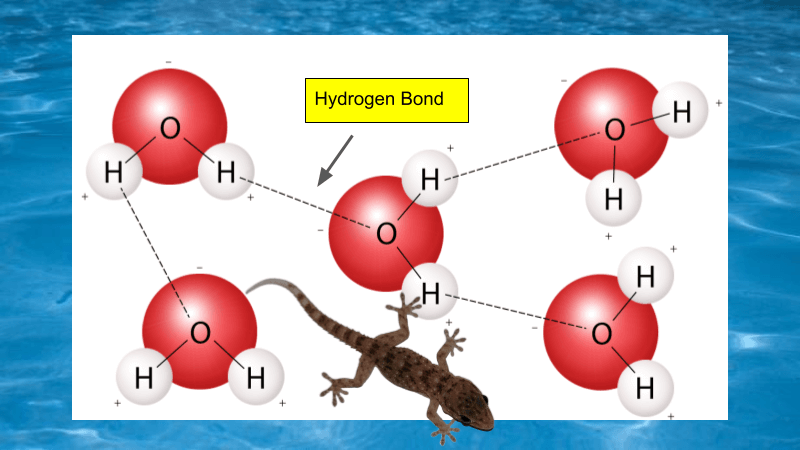
Reinforcement: The Chemistry of Life
A reinforcement worksheet on the chemistry of life. Practice vocabulary on atoms, molecules, macromolecules, and properties of water.
-
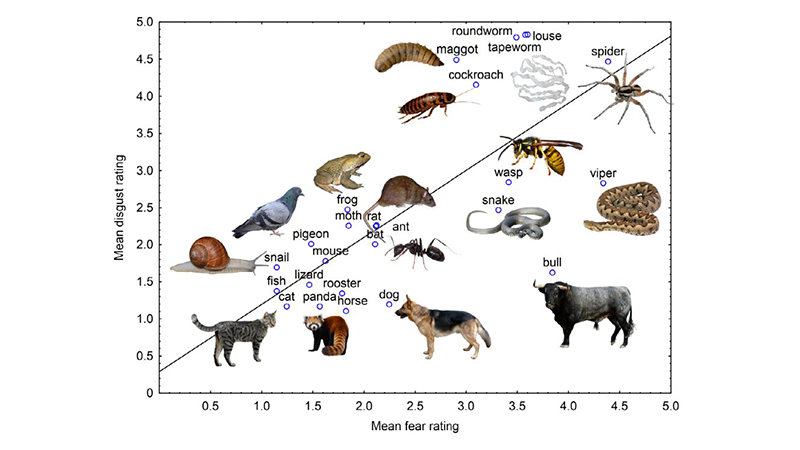
Spooky Science – Data Analysis on Fear and Disgust
Students explore what animals elicit feelings of disgust or fear. They analyze a graph and suggest evolutionary reasons for fear.
-
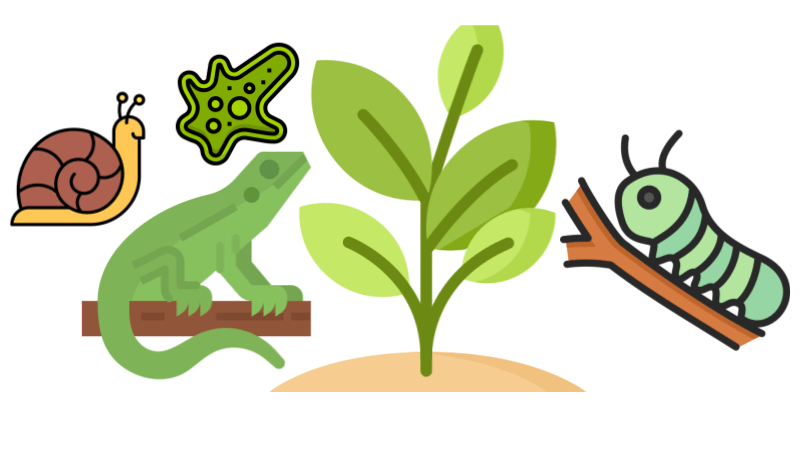
Characteristics of Life
Students read descriptions of animals and match to one of the characteristics of life: energy, cells, DNA, growth, response, and homeostasis.
-
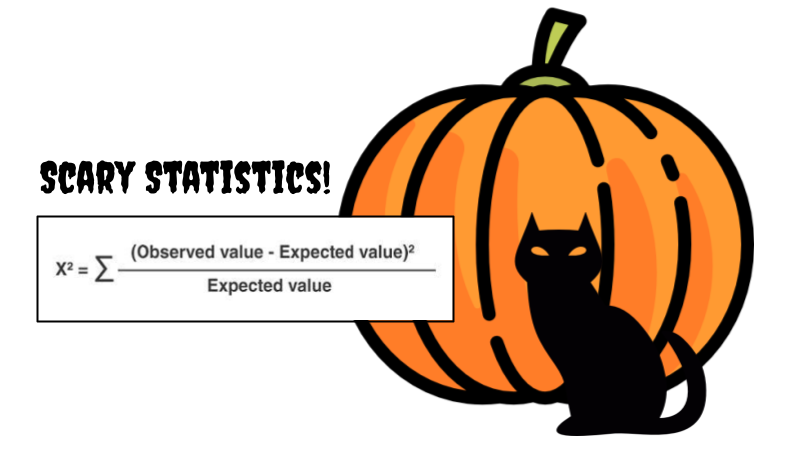
Scary Pumpkin Statistics
Students predict the number of seeds in a pumpkin and then count the seeds. They use chi square analysis to accept or reject the null hypothesis.
-
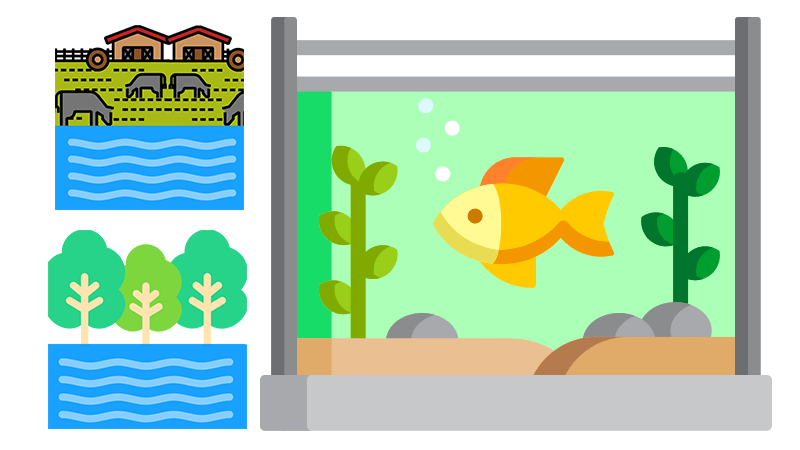
What Causes Algae Growth in Ponds?
Students examine data on two ponds to determine what is causing the algae growth in the pond near a farm.
-
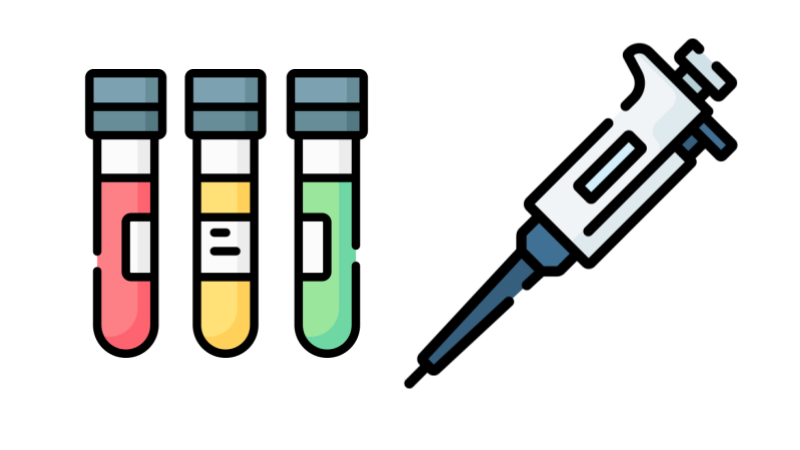
Colorful Activity for Learning How to Use a Micropipette
Students learn to use a micropipette. How to read a micropipette and how to draw and dispense different volumes.
-

Biology (Bee Book) Units 1 & 2 Reading Guides
Unit 1 and 2 Reading Guides for Miller and Levine Biology (Bee Book). Google Doc versions that can be shared on learning platforms.
-
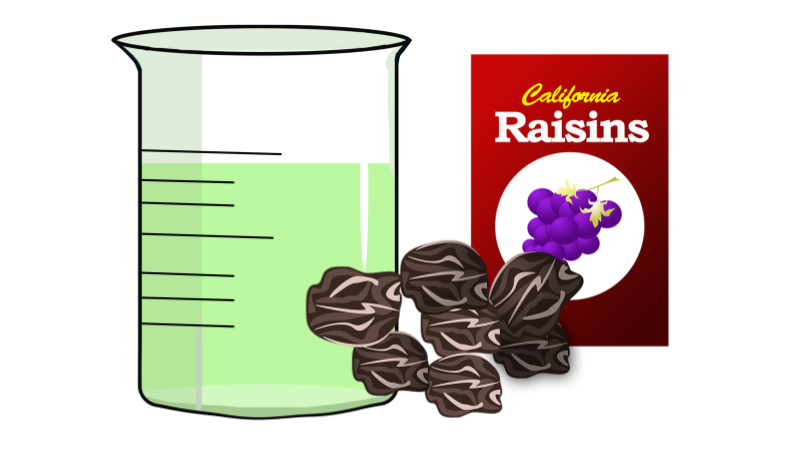
What is Life? Explore the Sewer Lice Phenomenon
Spark discussions life characteristics with this simple demonstration. Place raisins in a beaker filled with carbonated water. Raisins will rise and sink.
-
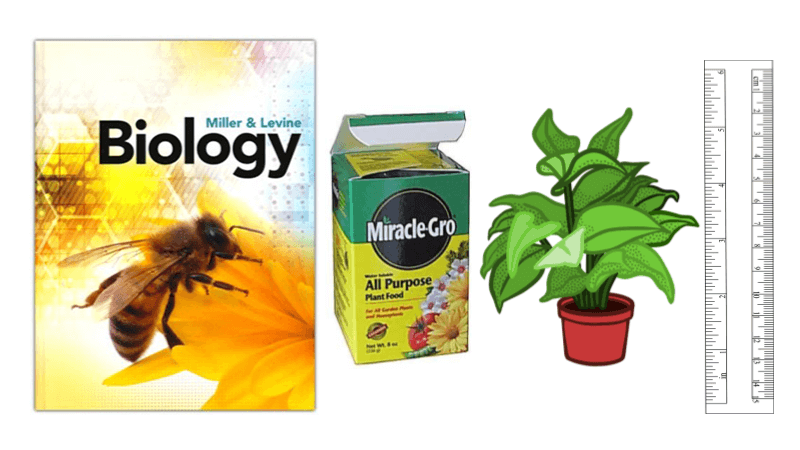
Resources for Chapter 1 Biology (Bee Book)
Resources for Chapter 1 (Bee Book), which focuses on the characteristics of life and the scientific method. Includes downloadable activities for your class.
-
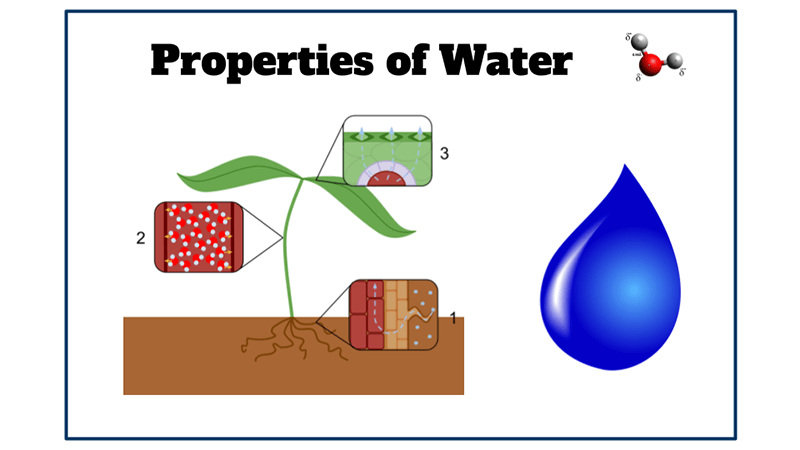
Investigation: Properties of Water with Lab Stations
Lab station activity that explores the properties of water, such as cohesion, adhesion, polarity, and surface tension. Students complete tasks at each stations and summarize observations.

